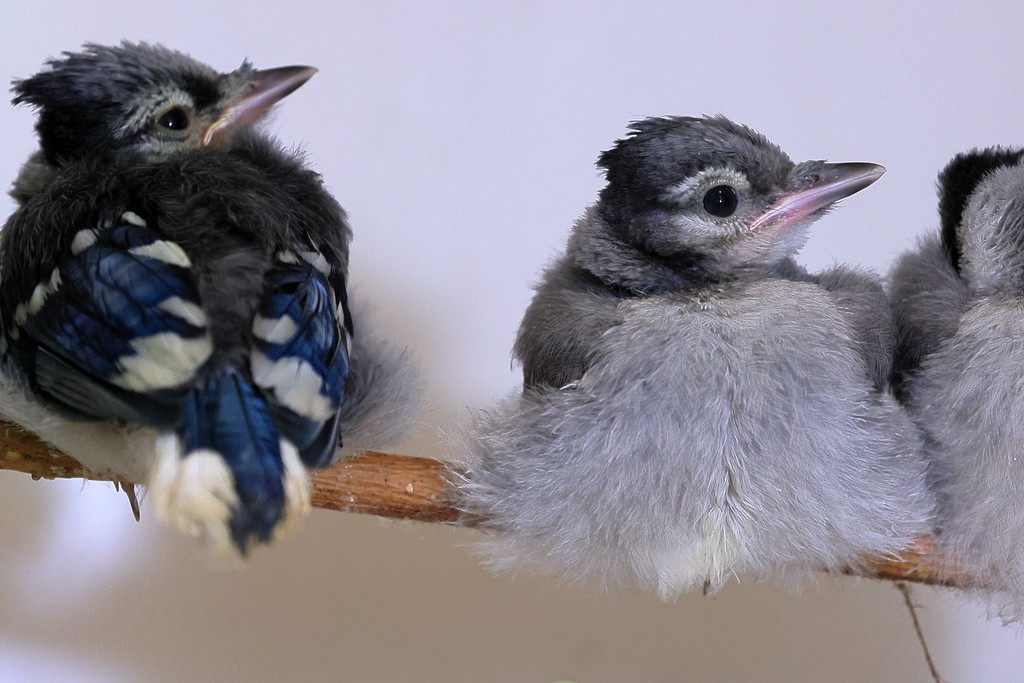An imitated sparrow call by a Northern Mockingbird. The drum of a Red-bellied Woodpecker on a pine. A squeak of an Anna’s Hummingbird in courtship. The whispering song of a Steller’s Blue Jay. The list of bird sounds in Colorado could go on and on.






The Difference Between Songs, Calls and Other Bird Sounds
Bird vocalizations come in all tones, patterns and decibel levels. However, they all have one thing in common – these sounds are critical for their communication in the wild from warnings to courtships. Humans have categorized bird sounds into calls and songs based on their different purposes.
Calls are short and simple with the purpose of sharing their location, warning of suspected danger in the area or celebrating a freshly found food source. Baby birds use begging calls to tell their parents they are ready for their next meal. Songs are primarily used to establish and protect territory and attract a mate. These sounds are when birds get more creative, exploring their vocal octaves and complexity. Some species have multiple songs whereas others rarely sing at all.
Other sounds can be heard in addition to songs and calls, including the loud pecking of their perch or the disgruntled swish of their tail feathers, to further communicate to one another in their environment.
Steps to Use Sound for a Reunite
The more educated we are about the local wildlife and their tendencies, the better we can help them stay wild. Greenwood sometimes recommends using specific species calls to reunite a lost nestling or simply check on the whereabouts of the parents. Make sure only to use the juvenile calls to reunite baby birds with their parents as other sounds could communicate a potential threat or change in territory.
Here are the steps if you find an uninjured baby bird:
- Decide on the stage of the young bird – hatchling, nestling or fledgling. This is critical before taking any next steps.
- Identify the species of bird to best match the juvenile sounds. If you need additional assistance, call Greenwood, especially with hatchlings. There are plenty of apps to help with this step, such as eBirds, MerlinID and Audubon.
- If it is a fledgling(s) with a full set of feathers, watch the bird for a couple hours to see if the parents are checking on the little ones – from a distance to not scare the parents.
- If it is a nestling(s) with down and only a few pin feathers, there are two options: place back into the original nest if safe and available or build a temporary nest for the little nugget and its siblings. If you need to make a new nest, please click this link for more help: Building Temporary Nests.
- For either option above, place a recording of a juvenile sound for that specific species near or next to the nest. Common bird species at Greenwood are listed below.
- Watch for a parent, from a distance, for approximately an hour – it can be sooner for younger birdies.
- If there is still no parent contact, please call Greenwood for next steps.
Remember, if you are ever unsure or have additional questions about the reunite process – call Greenwood.
Common Birds at Greenwood
Use the QR code or link below to listen to birds that commonly find themselves at the Center for extra help. If your species is not listed, you can always use Google or a birding app to find the correct sounds.







